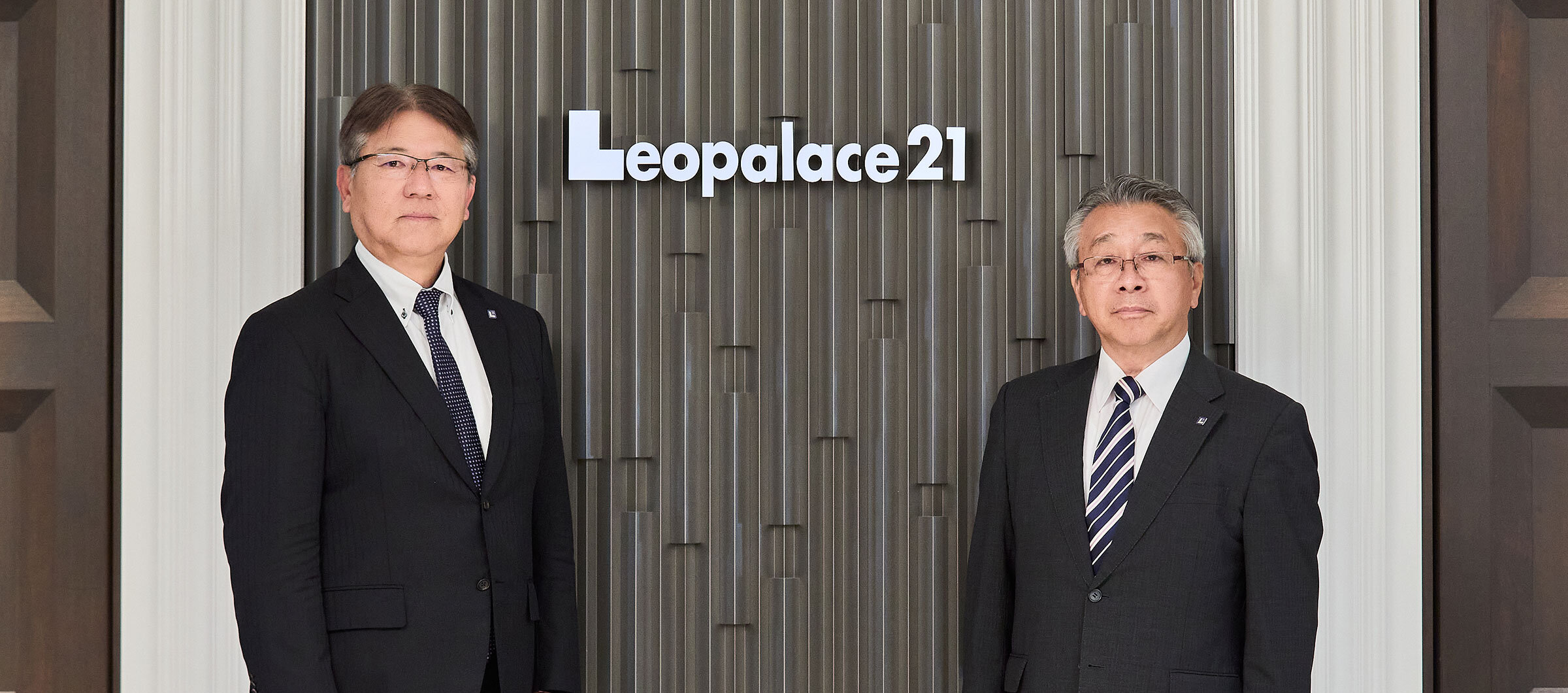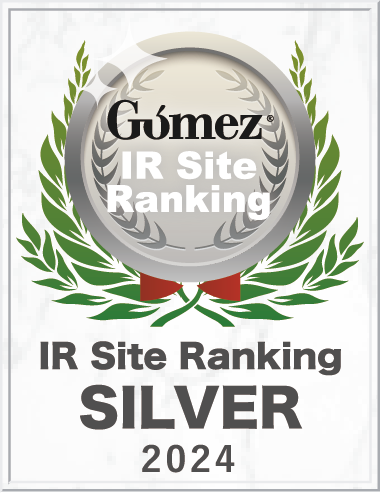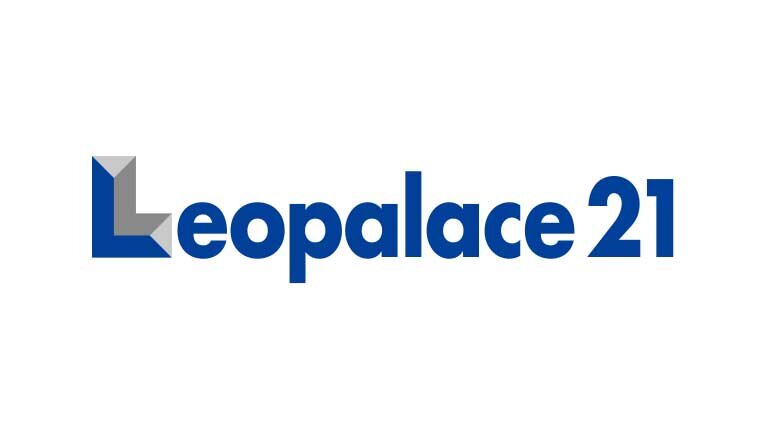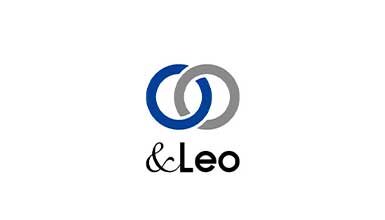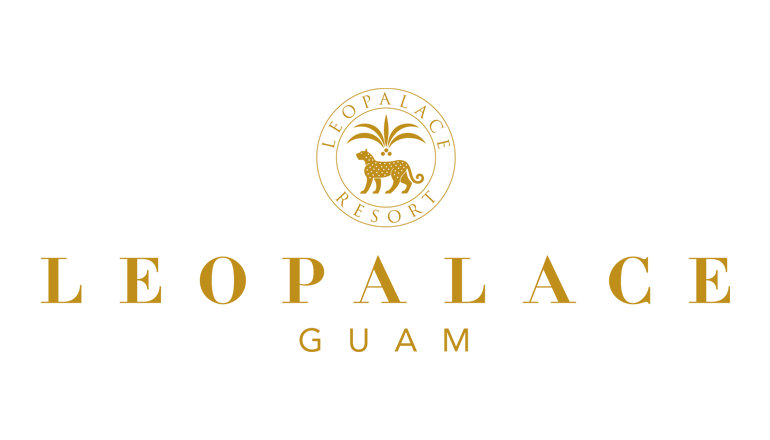Dialogue Between Outside Director and Outside Audit & Supervisory Board Member
-
The completion of repairs at the end of 2024 will mark the beginning of the resolution to the construction defects problem, but the true test will come when construction contracting resumes.
Outside Director
Yutaka Nakamura -
The construction defects problem has prompted widespread reforms in corporate culture, compliance, governance, and more.
Full-time Outside Audit & Supervisory Board Member
Jiro Yoshino
Background of the construction defects problem and the essential problems that Leopalace21 must solve
Yoshino: I think we need to start with some background information to help readers of this Integrated Report understand how Leopalace21 is currently undertaking reforms and why these reforms were necessary. I believe it is appropriate for me to discuss this matter, as I have had a long-standing relationship with the Company and am serving as a full-time Audit & Supervisory Board Member from outside the Company.
Leopalace21 is a company that expanded rapidly thanks to a single idea from its founder. Subsequently, the bursting of Japan's bubble economy and the global financial crisis led to the bankruptcies of independent condominium developers and homebuilders. However, owing to self-help efforts, we managed to survive without receiving debt forgiveness from the bank or anything like that. This fact deserves to be adequately appreciated today. I believe that the key to our revival at that time was the overwhelming speed we achieved by focusing on sales. To halt the deterioration of business performance, speed is required above all else. It might even be said that our vertical organization, with the founder at the top, and a corporate culture of orders coming down from above, were well suited to situations that demanded such speed.
At the same time, however, such a focus on speed makes it difficult to stop and think when there is a problem, and past successes can sometimes lead to overconfidence. The construction defects problem in question is not just about resolving the defects themselves. We also need to resolve important issues related to corporate culture, compliance approach, and governance that are at the heart of the Company.
Nakamura: I was appointed as an outside director after the construction defects problem came to light and the response to it had begun. I therefore don't know the details of what happened when the problem was discovered, but looking at Leopalace21's response from the outside, I honestly thought, "This is not good."
At the time, I was working for a housing manufacturer while also serving as chairman of the customer service quality committee at the Japan Prefabricated Construction Suppliers and Manufacturers Association, an industry organization for prefabricated housing. In 2005, when an apartment building was discovered that had falsified structural calculations and was problematic under the Building Standards Act, every company in the construction industry, including the housing industry, was conducting comprehensive inspections out of concern that structural issues with buildings might spread to other companies in the future. However, it appeared that Leopalace21 was not conducting such inspections.
Honestly, I had a feeling this was going to be a big problem, and that was exactly what happened. Later, when I joined the Company, I realized that the founder's influence was too great, there was a tendency for sales to take priority over technology, and there was no exchange of information with other companies, so when problems arose it was impossible to determine whether they were serious or not. I recognize that the reforms we are currently undertaking are an effort to clean up those past negative aspects of Leopalace21 and to fundamentally change the Company, not just to resolve construction defects.
Yoshino: We have received reports on the progress regarding the resolution of the construction defects, and we are on track to complete the repairs by the end of this year. Starting now, we will be moving into a phase where we can achieve results on the underlying Company issues that led to the construction defects problem and make people understand that Leopalace21 has changed.
The only way to prove whether the construction defects problem has been resolved is to resume construction contracting
Nakamura: With regard to the construction defects problem, although the repair work on the obvious defects is scheduled to be completed by the end of 2024, I personally don't believe it ends just by fixing the cases where problems occurred. Rather, I believe that the real test will come when we resume our construction contracting business to build apartments, which is expected to happen in the near future. It is essential that no issues arise during the construction work, and it can be said that Leopalace21 has truly overcome the construction defects problem only when the constructed buildings are maintained without problems for many years.
proposed as a recurrence prevention measure is built on a theoretical ideal state, and if the entire framework were actually implemented, it would be considered excessive by industry standards. In that case, it may be difficult to expand the construction contracting business in the future competitive landscape. In the future, it will be important to strike a balance between safety and economic rationality by keeping only the necessary checks while firmly sorting out what is truly necessary and what is not, based on criteria that can withstand external scrutiny. The first project after resuming construction contracting will be crucial for that purpose and will serve as a touchstone to determine what is truly necessary.
-
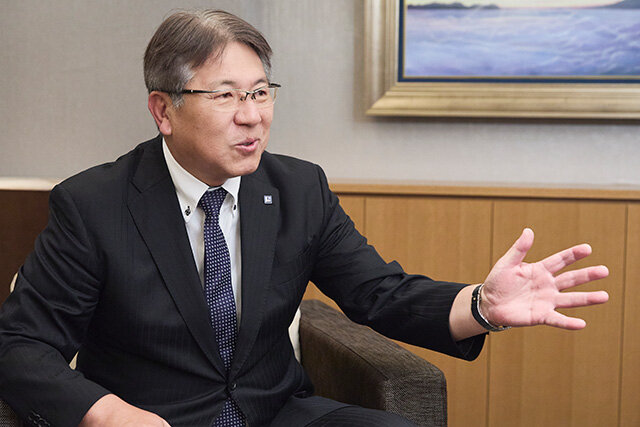
-
Going forward, we need to find a balance between thorough quality control and corporate competitiveness
Reforming our compliance approach, which is the root of the problem, must be implemented carefully and concretely
Yoshino: The starting point of reforming our compliance approach, which is considered to be the root cause of the construction defects problem, goes back to May 29, 2019, the day when an external investigation committee report by attorneys at the law firm Nishimura & Asahi called upon the Company to fundamentally reform its corporate culture and restructure its compliance and risk management system to prevent the recurrence of construction defects. Even then, the Company's structure included Risk Management Committee and Compliance Committee, but as the report pointed out, they were not functioning effectively and the compliance and risk management a sustainable manner system needed to be restructured. We proceeded to review the 50 items based on the three pillars, including the fundamental reform of our corporate culture and the revision of the construction contracting business framework, and this review has now been completed.
This review is quite detailed. To give an example, previously, the department that inspects the properties that were built was located within the business division; in other words, the same person was in charge of stepping on the gas pedal and the brake. We therefore decided to separate them by moving the inspections to the compliance department. Today, as we carefully proceed with revisions like these that are deemed necessary for strengthening compliance, I can feel an attitude emphasizing compliance and risk management gradually taking hold, bringing significant changes to the system.
To prevent recurrence, we must not only change the system, but also seriously reform our corporate culture
Nakamura: Thanks to compliance reforms, I believe our current system makes it less likely for problems such as construction defects to occur. However, it is also true that any organization or system depends on the people who run it. Changing the corporate culture is therefore just as important as changing the system. Some aspects of our corporate culture that may have been considered good in the past need to change; for example, the attitude found in top-down organizations where nobody cares about matters outside their own responsibilities, the sales-first mindset, and the absolute obedience to orders from superiors.
We have been working to reform our corporate culture to make it easier for anyone to speak up, for example by introducing a whistleblowing system and establishing a mechanism for employees to report anything that does not seem right. Our young employees used to think it was enough to just do what their superiors told them to do, but that is no longer the case. By looking at their behavior, I feel that more people are starting to practice so-called self-propelled compliance, which involves thinking from their respective positions when performing their jobs. I cannot say that the old corporate culture has been completely eliminated, but it is certainly and steadily changing.
-
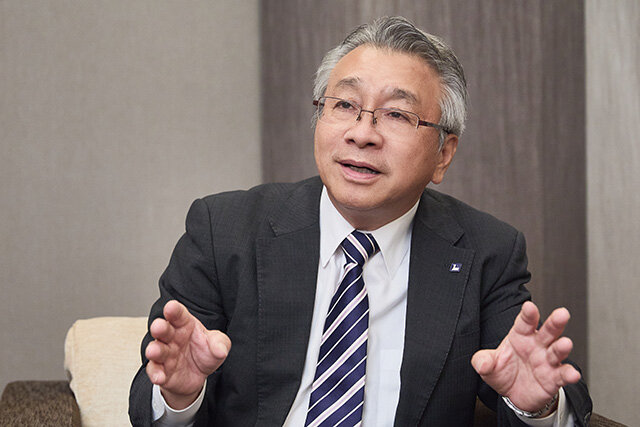
-
Compliance reforms are being implemented with a focus on even the smallest details
Governance reform initiatives and future expectations
Yoshino: Speaking of the points that were identified as needing to be changed, I would also like to talk about our efforts at governance reform. Because I was appointed as an outside Audit & Supervisory Board Member in June 2017, I have seen the situation before and after the management team was replaced after the construction defects problem was discovered. From that standpoint, I feel that under the new management system, the Board of Directors meetings have changed from simple debriefing sessions, which they were before, to a venue where real discussions can be held. As a result, each proposal is now carefully scrutinized, and in some cases, it is approved conditionally and sent back for further review. I believe that with proper checks by outside directors, we are steadily making progress toward greater management transparency, which is an important aspect of governance.
Nakamura: At the Board of Directors meetings, the executive directors (internal directors) mainly report and explain matters, and there is a tendency that they go along with the opinions made by the non-executive directors, so-called outside directors. When we submit a proposal that we believe will contribute to putting the Company on the right track, it is necessary to speak up and argue persuasively in order to get it passed. In that sense, I would like the executive directors to become more self-propelled and autonomous for the sake of governance reform.
Yoshino: By reforming our corporate culture, we aim to improve employees' ability to think and make decisions for themselves, but certainly the same is necessary for those engaged in execution.
To provide value to society in functioning effectively and the compliance and risk management a sustainable manner
Nakamura: As we are currently working on, there are still a number of challenges we need to solve. I believe that the rental housing provided to single person households by Leopalace21 is of high social value and has a significant competitive advantage. I believe the theme for the future is how we can change our own business while responding to the changes and demands of society. One possibility might be to shift to a more region-based management system (regional branch office structure) that is better positioned to meet the needs of society.
To bring about such changes, it is necessary for the front-line employees who are closest to the information collected to be empowered to think and make decisions on their own. In that sense, I believe the reforms to corporate culture, compliance, and governance triggered by the construction defects problem will lead not only to resolving the defects, but also to strengthening the human capital of employees to shape the future of Leopalace21.
-
Page access ranking
September 1-30,2025
-

Leopalace21 is working to solve a wide variety of social issues with the aim of creating a sustainable society under the sustainability vision of "We go on creating new value for society today and in the future."
SERVICE SITES
-
- Clicking the links above will take you to the home page of each site.
